AARP Hearing Center

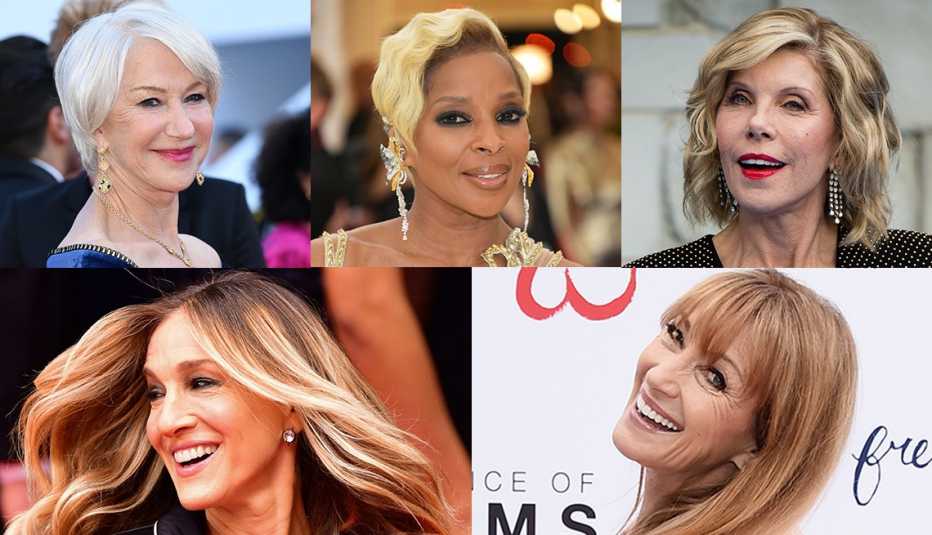
We've finally arrived at a historic do-or-dye moment for 50-plus hair. Whether you hit the salon for highlights, swap brunette for blond or go gray, do it with attitude and style. No one cares anymore whether your hair color looks obviously fake or authentic (that's up to you!). Feeling and looking your best is all that matters. Here are 11 ways to do it:

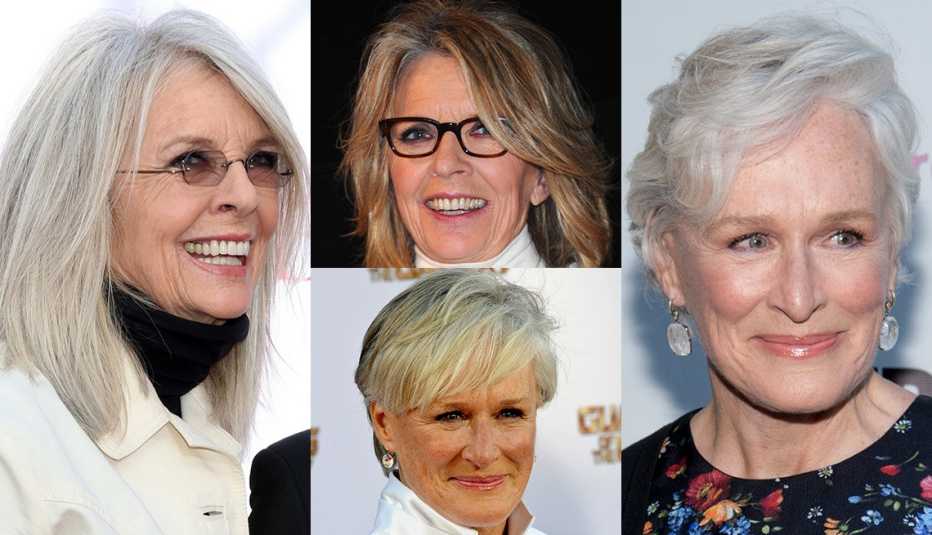
1. Let gray hair declare you officially cool
Silver foxes are finally in and staying that way. If you've decided to get real, let a salon pro ease the transition from coloring your hair to au naturel instead of toughing it out. Do it gradually. Adding some silvery or golden highlights (depending on your hair color) blurs the boundaries between "old" color and incoming grays. Diane Keaton — blond for decades (she was a L'Oreal Paris hair color spokesperson) — went gray in a year by the clever use of highlights. Glenn Close did the same and cropped short to speed the process. Proof in both examples that gray can be as effective as blond in adding a luminous frame of light to mature faces.
2. Add warm or cool highlights to keep grayish hair lively
Even when you’re finally gray, that may not be the end. And no, adding a few highlights is not cheating. It's just as authentic and smart as slipping on a good support bra or a little BB cream! All grays are not created equal. For some, gray comes in gloriously silver, platinum or white to rave compliments. For others, it arrives in a steely-slate hue that drains skin of warmth and accents a sallow, ashy, pasty or tired complexion. Adding some radiant highlights can kick up the color just enough to make a difference, as Dame Helen Mirren knows.


























































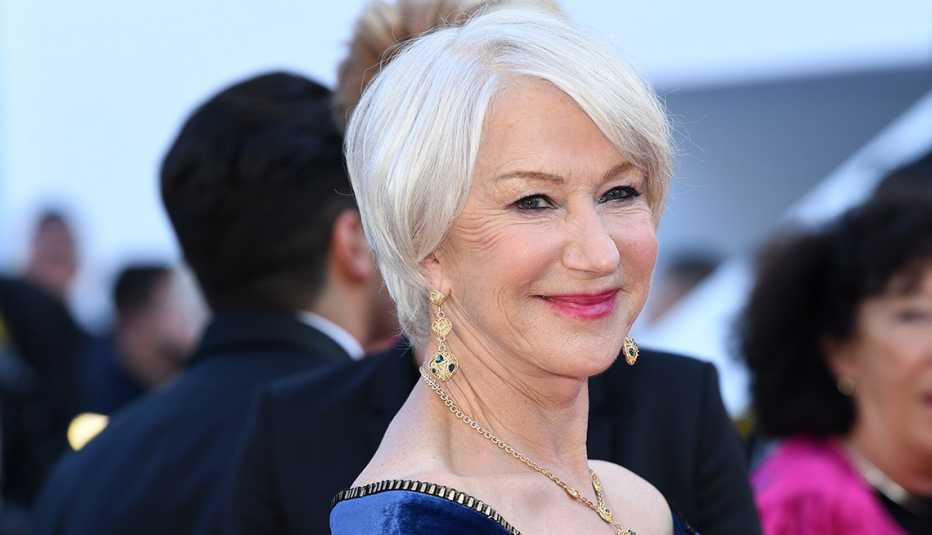



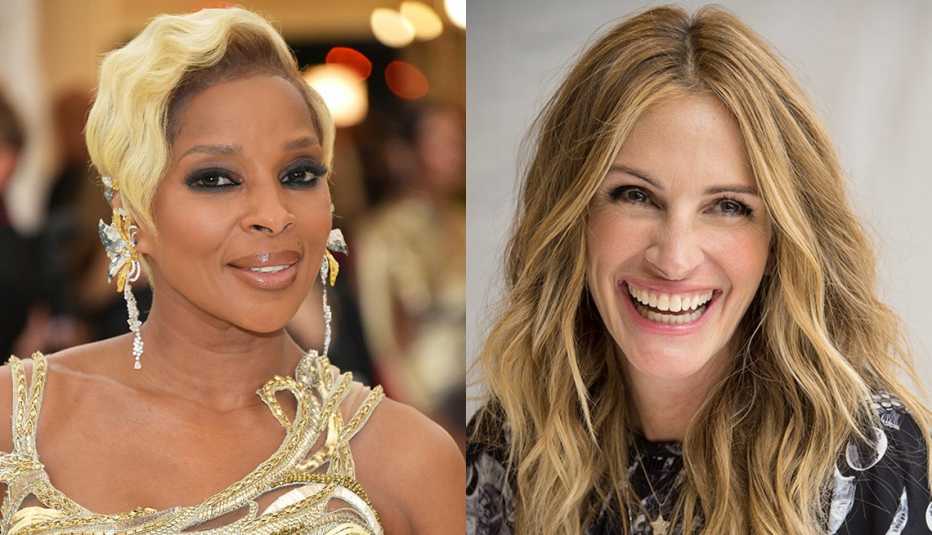





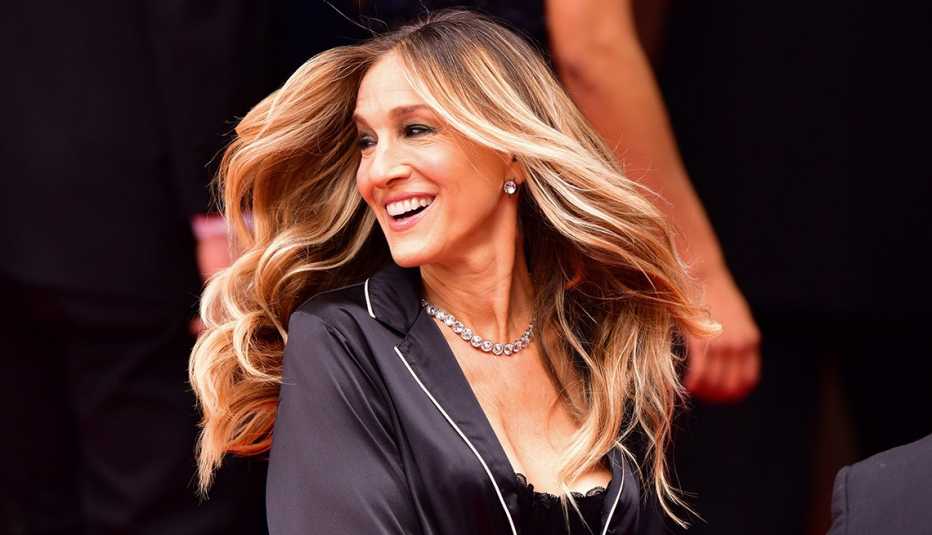

More From AARP
10 Pants You Need in Your Wardrobe
Straight, flare, cropped — get a leg up on all the trendiest looks
10 Summer Style Solutions for Work
Dress for success even when it's hot, hot, hot
10 Chic Shorter Haircuts
Simple styles that still turn heads
Recommended for You